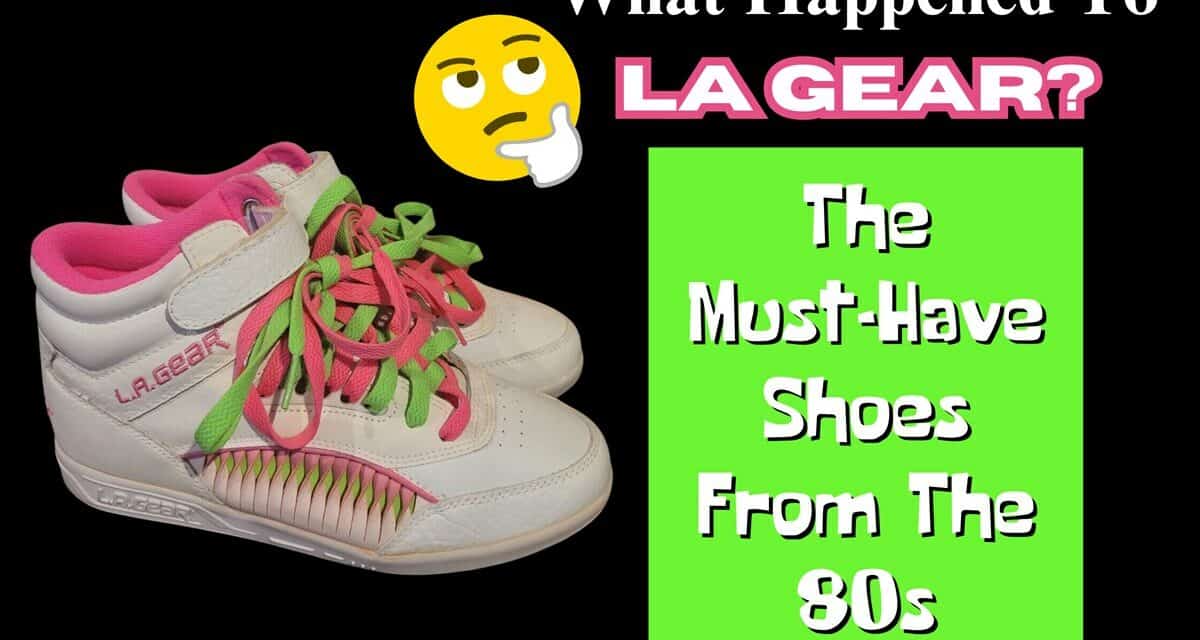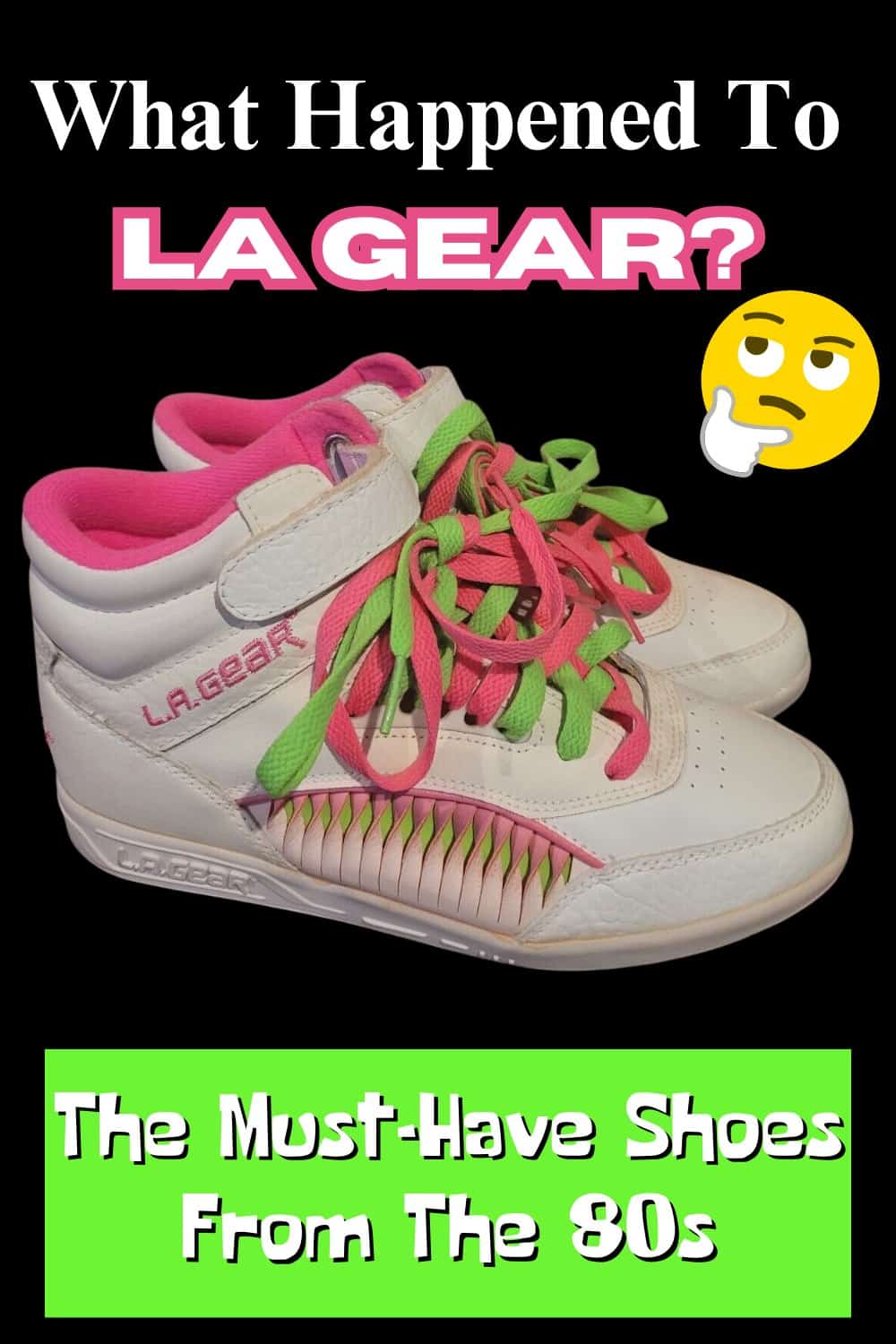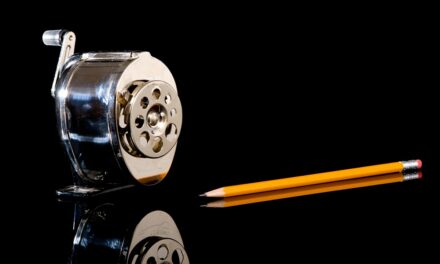As you well know, the 80s were a great decade in many aspects, but fashion was one of the most evolved areas, creating trends and laying the foundations of many styles we wear today.
This was the case with LA Gear, a brand founded in 1983 that dominated that decade and part of the next with its colorful, eye-catching shoes encrusted with studs and plated with metallic-effect fabric.
At its peak, the company sold US$818 million worth of shoes in one year and was the third largest athletic footwear manufacturer in the world; all this in just eight years of existence.
If they were so successful that they signed Michael Jackson as an endorser, and his shoes are so fondly remembered,
What Happened To LA Gear Shoes?
LA Gear ran into a series of mishaps that lead to their downfall The popular shoe company would eventually have to file for Chapter 11 bankruptcy in 1998.
But what were the main issues that caused LA Gear to finally close up shop after a successful run in the sneaker market? Well the actual cause is debatable and in reality, it was a series of events that whittled away at their popularity
Let’s look at how they got there, how they grew, and how they fell.
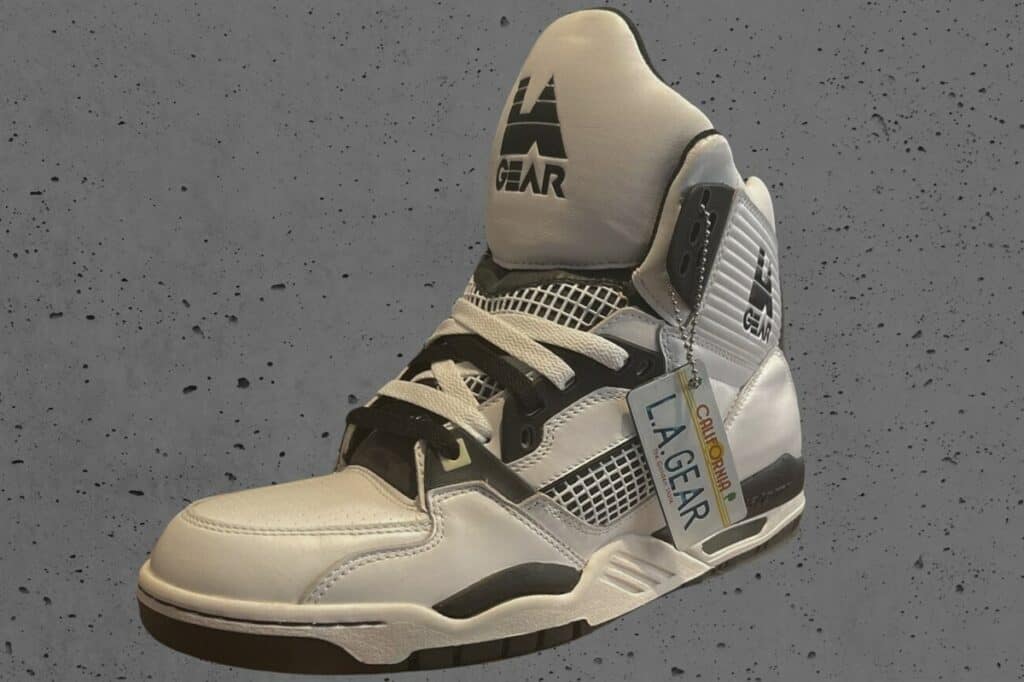
Origins, A Young Entrepreneur’s Dream
During the 1970s, Los Angeles resident Robert Greenberg held different jobs in various places. He worked as a hairstylist, sold wigs, electric tongs, and then, at the end of 1979, bought a skate rental store.
To start the business he formed a company called Good Times Inc. and Greenberg quickly found himself in the middle of the roller skating craze, which became even more popular after the release of the movie “Xanadu” in 1980. This prompted Greenberg to begin manufacturing skates under a new name, United Skates of America.
The Creation Of LA Gear Clothing Line For Women
Unfortunately for Robert, the skating trend didn’t last long enough for his new company to maintain good sales, but that didn’t discourage him. Greenberg shifted his production focus to novelty laces, selling more than $3 million of production in three months.
After this great success, Greenberg began to explore other areas of women’s apparel manufacturing.
Around the same time, in 1982, he established a women’s clothing store in Los Angeles. The store originally sold popular clothing and shoes manufactured by other producers, but slowly, Greenberg began marketing his own line of clothing and footwear.
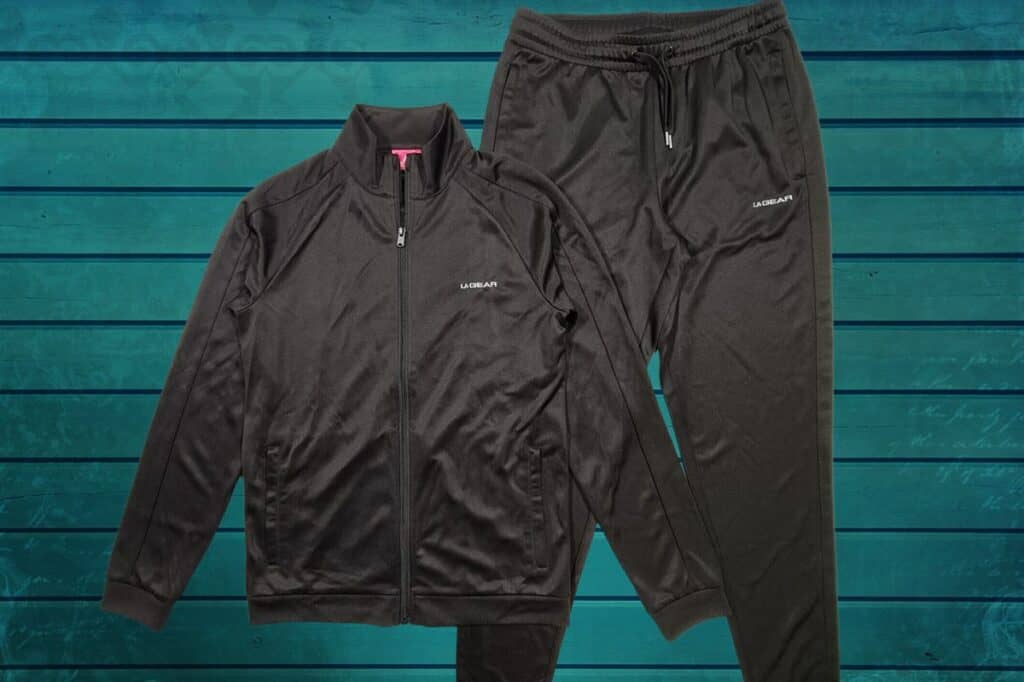
When it came time to select a name, Greenberg held a competition among store and warehouse employees. One saleswoman was the winner and LA Gear was born. The brand was successful, especially the footwear, and in 1984 Greenberg closed the retail portion of the store to invest in wholesale product development.
LA Gear Conquers The Shoe Market
LA Gear quickly came out with its first pair of women’s training shoes, which were made of canvas. Because of Greenberg’s marketing approach aimed at women under 35 years of age, in particular, LA Gear’s sales skyrocketed overnight, earning $1.8 million by the end of the year.
Greenberg took his company public and used the proceeds from the sale of his stock to expand his business into a line of men’s and children’s clothing and footwear.
The LA Gear brand soon became recognized for its line of fun, ornate women’s shoes that included details such as diamond beading and fringe as well as its functional line of high-tops for basketball.
By 1990, the company held 11.8 percent of the athletic shoe market in third place behind Reebok and Nike. Sales rose to US$818 million that year.
Much of that success was due to its Lights model, a sneaker with flashing lights that turned on with movement. This model had a huge impact on the market and quickly became an object of desire for many young people.
The Beginning Of The Collapse
Buoyed by success and popularity, LA Gear decided to compete with Nike and Reebok by manufacturing men’s athletic footwear, hoping to expand its market share.
Initially, the company’s original line of shoes was sold in upscale department stores such as Macy’s, but by the early 1990s, LA Gear also sold its products in other stores, making them more accessible to customers.
They hired retiring basketball star Kareem Abdul-Jabbar to sponsor a line of basketball shoes bearing his name. This turned out to be a bad move, as the youth market they were targeting was not interested in the retired athlete.

Their next attempt was with musical artists, and what better way to start than with the King of Pop, closing the most expensive sponsorship deal at the time for $20 million.
The contract stipulated that Michael was to wear the LA Gear shoes in a variety of media, from commercials to print ads, but most importantly in the music videos for his upcoming album “Greatest Hits”.
Since at the time, LA Gear’s sales were sinking due to their previous failed sponsorships, the executives put all their faith in this deal, especially in their new “Billie Jean” model, with all the style of the King of Pop.
But what they didn’t expect at all was that the “MJ” line would be a flop in stores, not only because its aesthetics didn’t appeal to conservative parents, but Michael’s Greatest Hits album was canceled to work on “Dangerous” instead.
LA Gear sued Michael for $46 million a few years later for breach of contract because he did not release the album they had agreed to. The artist responded with a countersuit, though the matter was settled far from the public eye.
Be that as it may, that hurt LA Gear tremendously, as they lost money on the production of the artist’s shoe line that ended up flopping. With that said, LA Gear lost US$62 million in 1991, making 1990 the last year in which LA Gear operated out of the red.
And The Misfortunes Didn’t Stop…
In 1992, LA Gear’s shoe sales continued to decline. Robert Greenberg resigned from the company and formed what would later become the highly successful Sketchers shoe line.
Meanwhile, at LA Gear, things turned bleak. Sales dropped to US$430.2 million, almost half the profit of two years earlier, and its market share fell to five percent. Even Trefoil Capital Investors’ investment could not save the company.
In 1994, LA Gear was forced to abandon its attempts to develop men’s footwear and by 1997, Trefoil sold its interest in the company, losing more than $9.8 million in the process.
They tried everything to sell the rest of their inventory items, to the point where they dropped in price and were available in supermarkets and common department stores, but even selling the shoes at discounts could not prevent the spiral and LA Gear filed for chapter 11 bankruptcy in 1998.
After Bankruptcy The Brand Would Live On
Taking advantage of its bankruptcy protection, LA Gear reorganized its corporate structure. When the company emerged from bankruptcy it did so as a private licensing company rather than a manufacturer.
They sold their licensing rights to ACI International, which began producing and marketing a line of LA Gear footwear for men and women, as well as children called LA Lites, in 2009.
Sportie LA and other companies have closed business deals with LA Gear to sell their shoes, which they still try to revitalize by giving them a modern yet classic style.

The Future Of LA Gear
As their history has shown, LA Gear wanted to fly too close to the sun and ended up getting burned, but hey, they had reason to try. Maybe it was their fast growth but lack of experience that ended up condemning them, or the failed sponsorships with big celebrities, or they were just a passing trend.
Well, to tell the truth, the last point is wrong, as many adults yearn to have these shoes back to relive their old days, and it is more than obvious that the new generation would love them too.
Beyond a Skechers line in collaboration with LA Gear in 2019, the shoes have not given clear signs to return, but we will never stop waiting for them, as their designs and technology were a great revolution in the 80s and 90s, transcending fashion barriers to become part of popular culture.
